Graduate Projects from 2010 – 2011
WOODPECKER POPULATION DYNAMICS AS A CURRICULUM TOOL
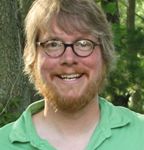
– Jabin Burnworth
Jabin did a population study of Red-headed Woodpeckers in a restored oak savanna ecosystem. His purpose was to gather information on woodpecker population dynamics and use it as a model for collecting this type of data with High School students in the areas around their schools. His curriculum is intended to connect students to nature and the mechanics of research and will provide students with math based, problem-solving challenges and hard science questions.
EFFECTS OF A WETLAND FIELD TRIP ON STUDENT KNOWLEDGE AND ATTITUDES
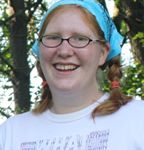
– Rachel Funk
Environmental education seeks to change behavior as well as attitudes, both difficult factors to measure. The purpose of Rachel’s project was to investigate how much information 6th grade students retained from a one-day wetlands program feild trip to Merry Lea. She reviewed the literature about long-term learning, field trip studies, psychology, behavioral studies, and environmental educational studies. She then conducted a simple survey with students who participated in the Wetlands program in spring 2010 to gauge both their knowledge about wetlands and also their attitudes toward wetland preservation.
INTEGRATING SUSTAINABILITY CONCEPTS INTO URBAN YOUTH PROGRAMS
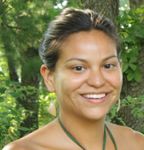
– Kati Regalado
For Kati’s project, she interviewed leaders of urban youth programs in Chicago in order to determine the ways they were integrating themes of sustainability into their programs. Her purpose was to discover avenues for incorporating environmental concepts into existing youth programs in ways that would be meaningful given the cultural and social context of the communities. She developed a curriculum for educating youth workers in an urban setting concerning the integration of ecological and sustainable themes into youth programs.
THE DEVELOPMENT OF SCHOOLYARD GARDENS FOR STUDENT LEARNING
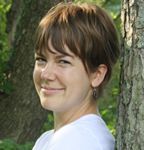
– Leah Schroeder
Leah’s project investigated the possibilities and problems associated with the development and use of schoolyard gardens in area schools. She surveyed teachers from local elementary schools and then proposed that a schoolyard garden could be integrated into Goshen Community schools as a tool to use place-based education to meet school standards effectively. She developed a resource manual that would aid educators or supervisors who were interested in developing a schoolyard garden into their curriculum.
RESOURCES FOR COMMUNITY COMPOSTING INITIATIVES
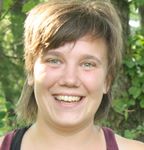
– Tanya Suderman
Tanya surveyed successful community composting projects to identify helpful methods, strategies and resource needs for community composters. She developed a resource manual for people interested in composting initiatives.




